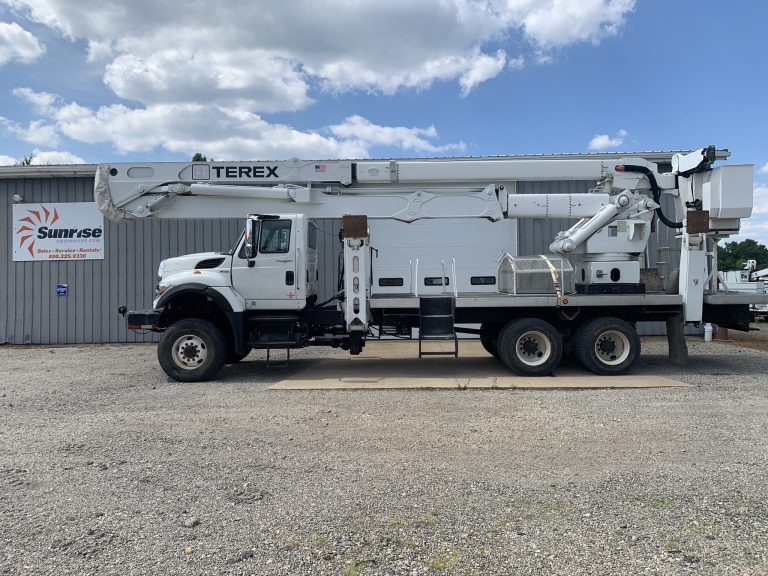The size and layout of your worksite will determine what type of machine you need. Consider how many projects your team will complete in a single area and whether you need to travel across spread-out job sites.
The versatility of each machine will also help you make a decision. Excavators are often equipped with a wide variety of attachments that boost their versatility.
What are Excavators?
Excavators are large machines used to dig holes, trenches and foundations for construction projects. They’re a big part of large construction jobsites and are often seen on tracks or wheels moving around the area.
Unlike most machines, an excavator’s cab can rotate a full 360 degrees. Hydraulic cylinders power movement and pins bind parts together while linkage allows them to pivot as needed.
On the end of the stick is a bucket, which comes in different sizes for various tasks. An operator contracts boom cylinders to raise or lower the arm, contracts the stick cylinder to extend and move the stick, and contracts the bucket cylinder to curl and lift the bucket. This moves the bucket into position to dig or load waiting equipment.
What are Boom & Bucket Trucks?
Boom & Bucket trucks are truck-mounted aerial work platforms that lift workers to reach high locations. They’re used in industries like telecommunications, electric utility, power distribution, tree care, and construction to accomplish maintenance and installation tasks on high-level structures.
A telescopic articulated bucket truck’s extenders are layered within the exterior piece, enabling the operator to extend the boom at different degrees and distances. This allows the operator to maneuver around obstacles, making it ideal for forestry and construction locations with limited access or confined space.
Side reach is the distance a boom can move from side to side. This spec is important to consider when choosing a boom truck for your worksite, as it can help avoid issues like job site damage from the boom striking walls or other equipment and injuries from vehicles or passersby hitting the truck’s arm while working alongside busy roadways.
What are Excavator Sizes?
The excavator size that you choose will have a major impact on your construction projects. Understanding how different sizes work will allow you to determine which one is best for your needs.
The largest excavators are used on huge construction projects and large demolition jobs. They are also used to dig trenches and haul heavy materials. They are usually set on tracks, but some Cat excavators can be equipped with wheels to move faster on sensitive surfaces like roads.
A bucket truck, also known as a cherry picker, has a long arm (called a boom) with a bucket at the end that extends to lift workers and equipment to remote locations more safely than a ladder could. The boom may be telescopic, articulating, or both, and the bucket can vary in height from less than 20 feet to more than 60 feet.
What are Excavator Types?
A boom truck, also known as a cherry picker or aerial work platform, is a hydraulic electric lift system mounted on a full-size truck that allows workers to reach high places. They are commonly seen on construction, telecommunications and utility jobsites.
Boom trucks have different arm and bucket configurations to handle various tasks. Some have a long reach, making them ideal for tasks like tree care and repairing power lines. They can also be equipped with attachments like a clamp, breaker or auger to diversify their functionality.
A premium cab is available for excavator operators to enjoy the benefits of increased comfort and advanced technology. An articulated over-center boom is jointed rather than being a single solid piece and allows the bucket to move in different positions without moving the entire machine.
What are Excavator Applications?
Whether you are conducting demolition work or sculpting the land on a large construction project, handling heavy materials is one of the most common excavator applications. In these instances, an excavator can quickly and effortlessly move and lift materials that would take much longer to haul by hand.
When choosing a bucket truck, platform capacity and side reach are key factors in selecting the right machine for the job. These figures represent the maximum height at which an employee can safely work in the bucket and determine how far the arm can extend away from the vehicle.
Articulated booms have a jointed arm that enables the bucket to swivel and extend. This design reduces tail swing arc and allows the vehicle to move within tight spaces without the need for repositioning, which increases productivity.

